John Ahearn
B.F.A. '73
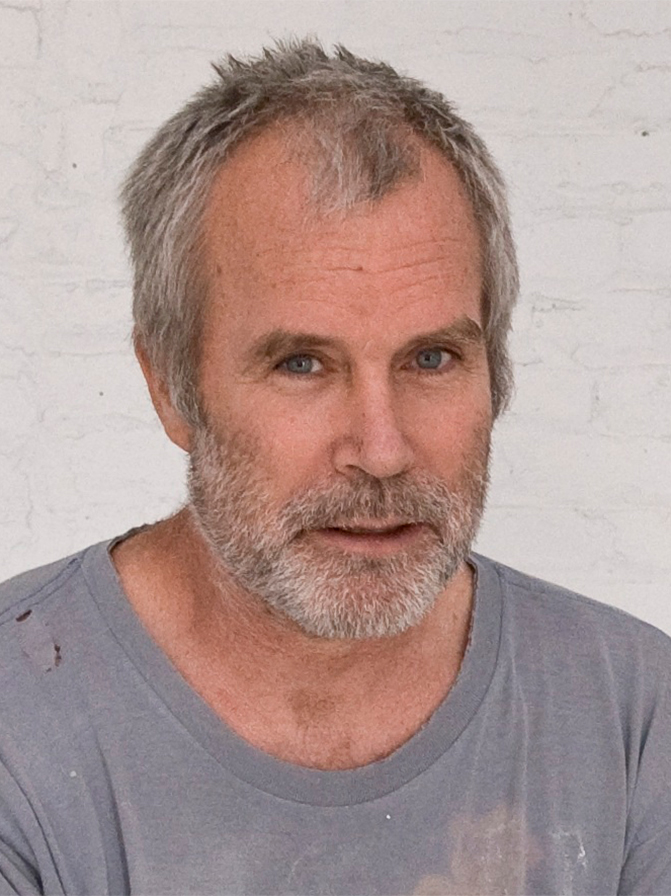
John Ahearn, headshot.
Sunset Collegetown (1971), oil on canvas, Ithaca, New York.
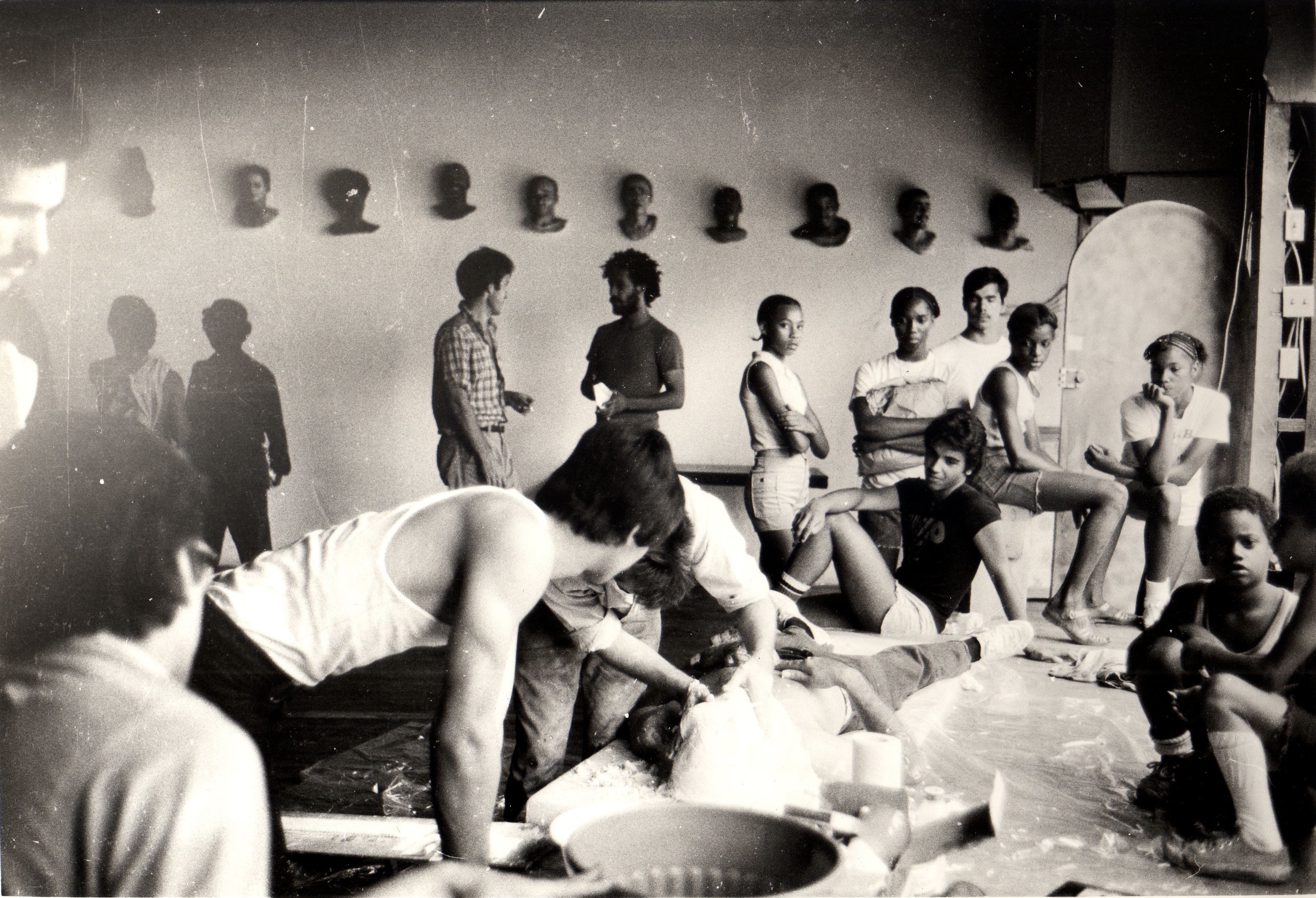
Casting at Fashion Moda in Bronx, NY, 1979.
Projects
Selected Works, 1971–2015
Sunset Collegetown (1971), oil on canvas, Ithaca, New York.

Cows in Winter (1971), oil on canvas, Ithaca, New York.
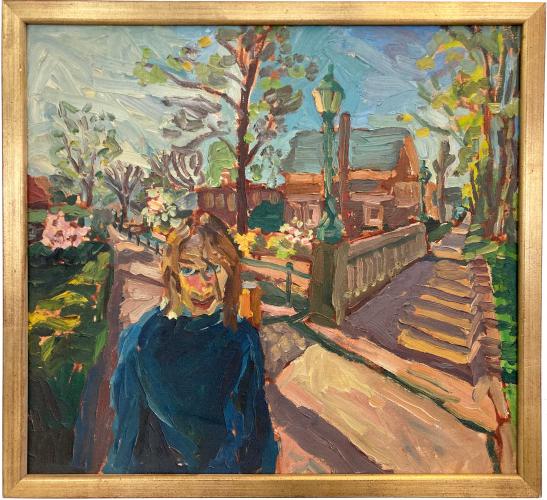
Cascadilla Creek Spring (1972), oil on canvas, Ithaca, New York.

Cascadilla Creek Winter (1972), oil on canvas, Ithaca, New York.
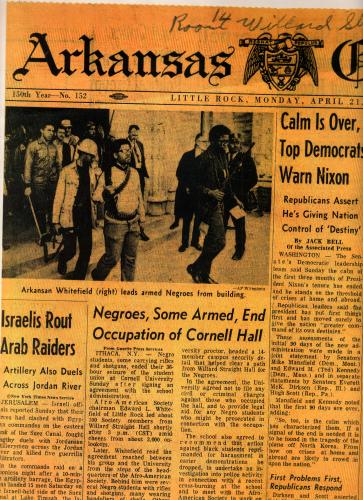
Newspaper article about Ed Whitfield and the Willard Straight Hall takeover (1969).

Casting at Fashion Moda in Bronx, New York, 1979. Ahearn, Toress, Stefan Eins, and Joe Lewis in background, with neighborhood kids.
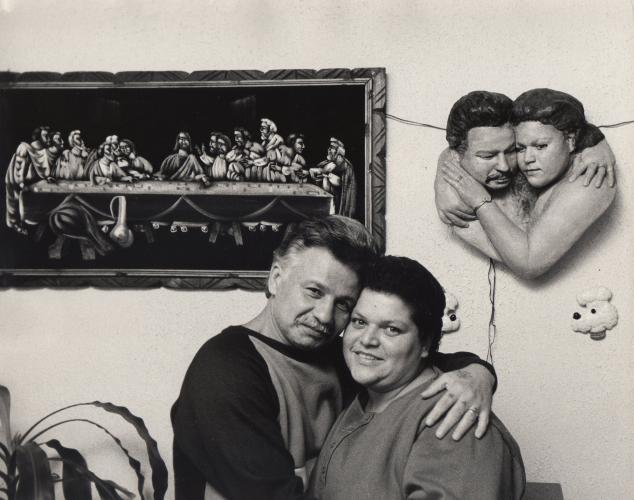
Luis and Virginia at home with their cast (1980).

Double Dutch (1982), installation view, Bronx, New York.
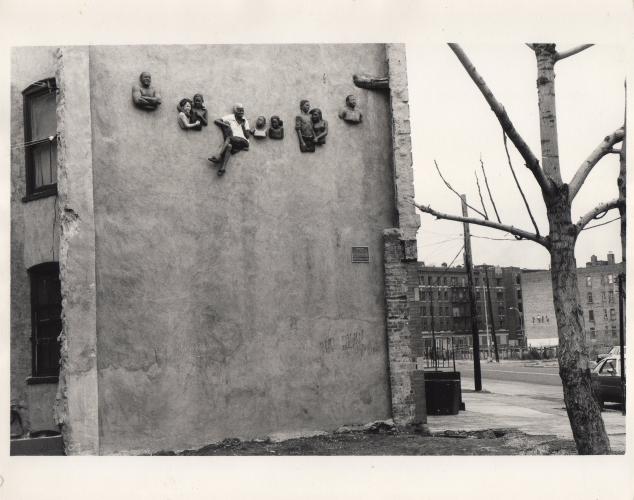
We Are Family (1982), installation view, Bronx, New York.
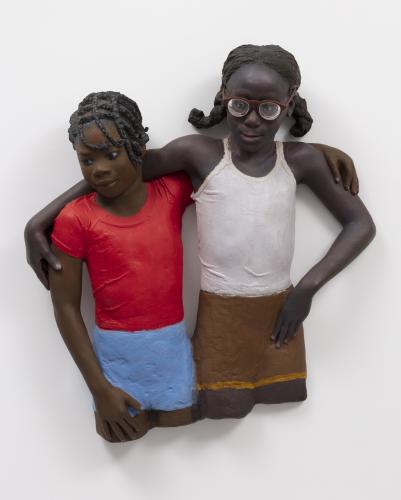
Audrey & Janelle (1984).
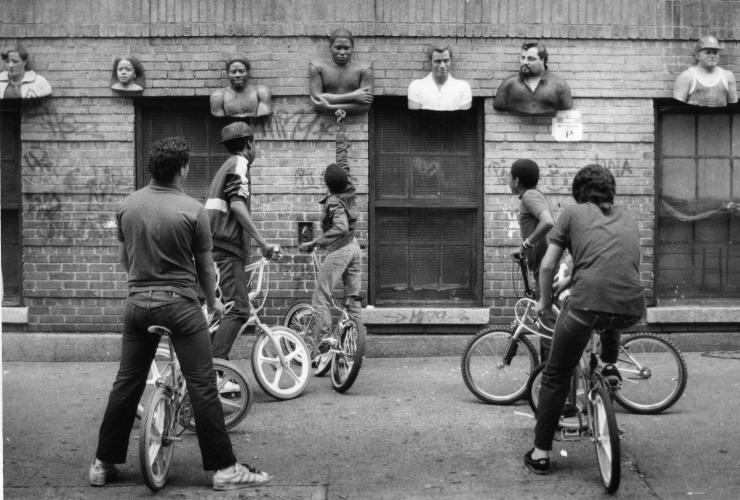
Boy reaching for Corey (1985) on Walton Ave., Bronx, New York.
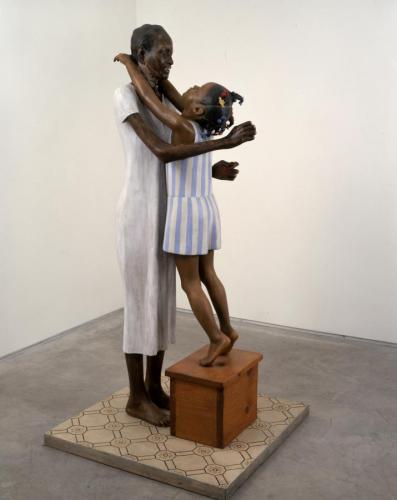
Elloree and Veronica (1988).
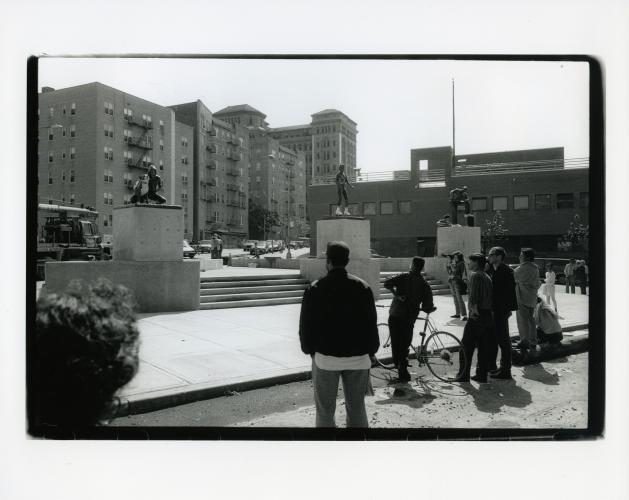
People viewing The South Bronx Bronzes installed (1990) in the Bronx, New York. Ahearn designed the sculptures for the new Bronx 44th Police Precinct.

Corey with his bronze sculpture (1990), Bronx, New York.
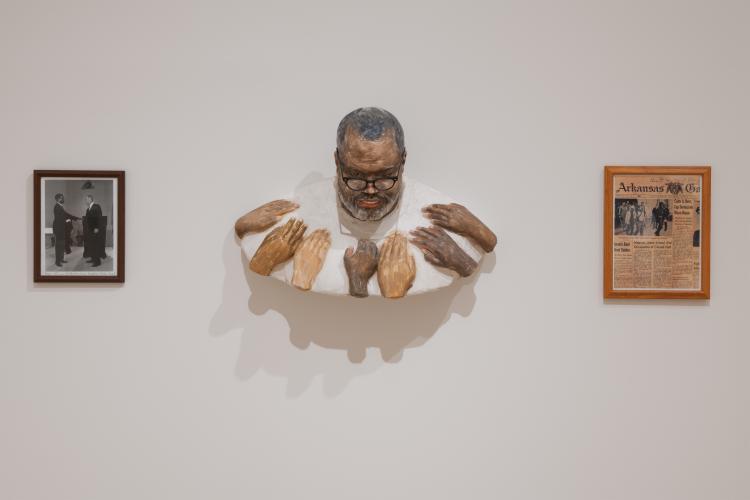
John Ahearn, Ed Whitfield at the Caldcleugh Community Center (1996), acrylic on plaster and two framed documents, 20" x 28", Weatherspoon Art Museum, University of North Carolina at Greensboro, gift of Richard and Jane Levy in memory of Frances S. Loewenstein, 1996.11.a.b.c. © John Ahearn; photo courtesy of the Weatherspoon Art Museum.

Rodoviária de Brumadinho (2005), Inhotim Art Center, Brumadinho, Brazil.

Abre A Porta (2006), Inhotim Art Center, Brumadinho, Brazil.
Rigoberto Torres's Raul at fabrica (1985) and Shorty at fabrica (1985) about his uncle's statuary factory, drawings by John Ahearn, installation view of the exhibition Automatic for the People (2011) curated by Jayson Keeling, Aljira Art Center, Newark, New Jersey.
Pregnant Juanita Bathing and son Carlos, installation view of the exhibition Automatic for the People (2011), Aljira Art Center, Newark, New Jersey.

Carlos/Spiderman (2015), sculpture of Ahearn's five-year-old son, acrylic on cloth and plaster.
Color: Lorem ipsum dolor sit amet, consectetur adipisicing elit. Distinctio, eveniet?
